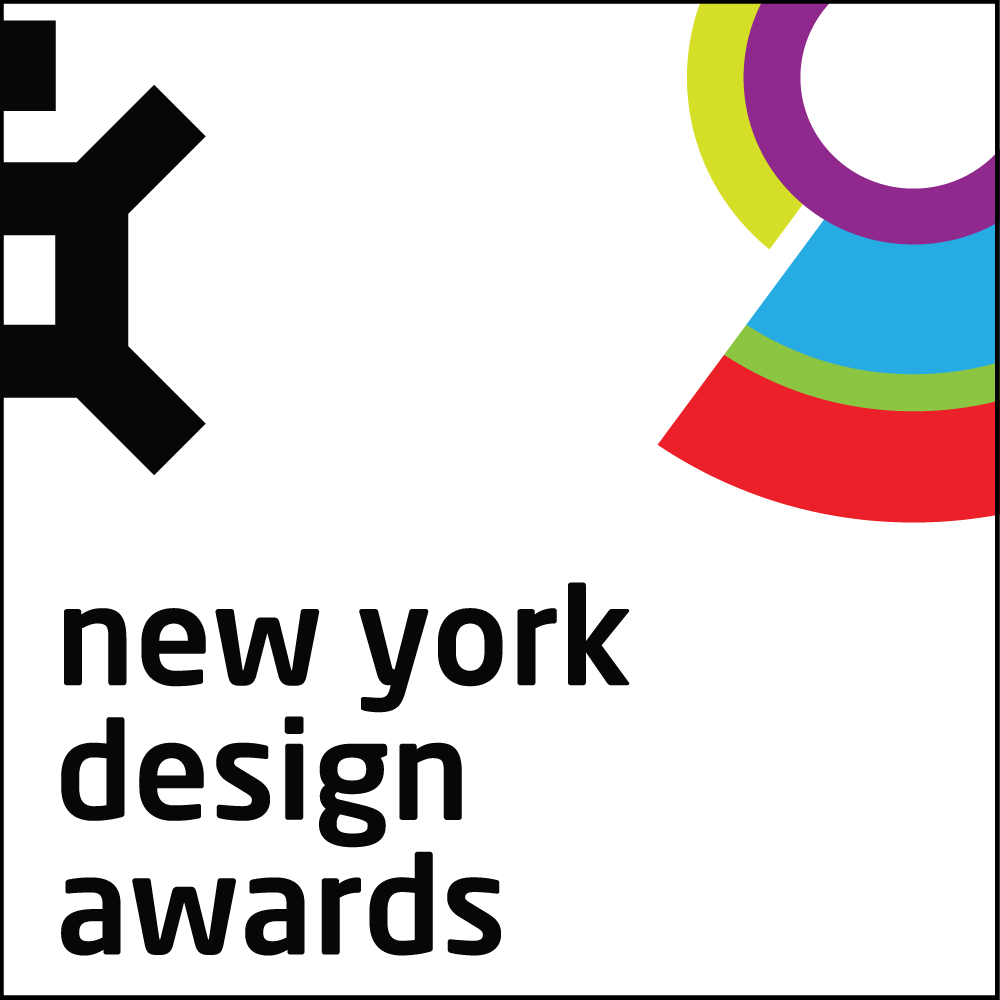




Image Credit : Perkins Eastman Architects

Project Overview
The New York Wheel is proposed as a key component of a new destination district on Staten Island. The project is intended to transform the currently underused waterfront area around Staten Island's ferry terminal into a dynamic, mixed-use district, and provide a new iconic element on New York Harbor.
The Observation Wheel project anticipates a new and compelling integrated waterfront site to attract both tourists and residents of all ages for a unique experience that includes retail, entertainment, restaurants and open space amenities, and most importantly an up-close experience of the Wheel. The Wheel itself promises to be an important new component of the extended city skyline, and is the centerpiece of our site. While the observation wheel will use tested and proven technology, with a 600' diameter it will be the world's largest. The other program components of the project, including a 950 car parking garage, a bus storage facility, a 100,000 sf terminal building, and an extensive landscape and sustainability program will be designed to provide new, high quality universally accessible public space that complements the wheel while reinforcing its role as the marquee of the Staten Island waterfront and the harbor.
Project Commissioner
Project Creator
Team
Perkins Eastman + S9 (Architects);
MPFP (Landscape);
Starneth (Wheel Designers);
WSP Cantor Seinuk (Structural);
Cosentini (MEP)
Project Brief
The site is currently used for surface parking serving commuters and an adjacent ball park, approximately 20' below Richmond Terrace. To accommodate the wheel and its accessory terminal, while providing the required parking counts, a large multi-level structured parking garage and terminal facility will be constructed. The design proposes a naturalized landscaped roof, designed to enable the public to go up to enjoy high overlooking views of the harbor (and back to the adjacent neighborhoods), and then down to the waterfront promenade. The interior is made as large and flowing a space as possible, to keep in scale with (and enjoy the view of ) the highly visible wheel.
At the wheel's base; big is celebrated. At the upper levels, the public will be able to walk on a nature-preserve type of slightly elevated walkways through this unique XL sized space. The walker will feel the overwhelming scale difference. The resulting new and improved views and access are a major benefit of the new development to the public realm. The site will be organized as a series of publicly accessible places of grand proportions to match the scale of the world's largest observation wheel.
Project Innovation/Need
The project operates at the scale of the city, while also addressing neighborhood context. As a new landmark on the city's horizon, the Observation Wheel will offer stunning views of Lower Manhattan and the other boroughs. But equally importantly it will position the city in a wider geographic context. With its 360 degree views of the greater region, the Observation Wheel will help visitors develop an understanding of patterns of settlement relative to the natural topography of our water-based city context. In this way the Wheel is ideally located as a marker of the intersection of engineering and nature, and will provide a robust demonstration program of sustainability initiatives.
The site and facility will be used for many purposes, in many ways, at different times of the day, and in all seasons. It will become not only a must-see attraction for visitors and residents alike, but provide a multi-purpose space for events and celebrations that will provide a new perspective of New York and its harbor setting.
Design Challenge
The challenge at the local scale is to integrate this large, complex mechanical device with the existing scale of the neighborhood. By treating the ground plane as a universally accessible, open, public space, we envision this site as a new public amenity, and a great public space that builds value on surrounding sites.
Its green roof and sustainability elements will invite people onto the site to enjoy the grand space and overlook, whether they plan to ride the wheel or not. A reflecting pool under the wheel structure will serve multiple purposes and add to the visual drama and integration of this waterfront site. Vertical surfaces will be a combination of clear glazing and a series of vertical fins arranged in a flowing, undulating pattern that will reflect the wind and subtle waves of the harbor.
Sustainability
Passive & active sustainability initiatives will be implemented to make explicit the relationship between constructed environments & the natural setting.
Micro-turbines play an important role in generating power, demonstrating the presence of wind as a natural phenomenon on site and integrate this for public understanding and beneficial use.
Solar panels are another strong component of the overall configuration; terracing up of our massing to the north provides ideal solar orientation.
Virtually our entire site will be covered in naturalized permeable ground cover, absorbing much of the storm water on first impact. Detained storm water in subsurface storage will be used during drier conditions.
Locally sourced materials will be used wherever possible and practicable for LEED and most importantly to ensure that this site is understood as "local", which is critical as a NYC destination.
Using the latest technology will ensure that our impact on atmospheric lighting and night migrating birds is as minimal as possible.
Providing a new urban destination and extending the existing bicycle facilities within proximity of existing mass transit work to decrease dependency on the automobile and provide more options for urban living, diminishing pressures for urban sprawl.
Architecture - Proposed
This award celebrates the design process and product of planning, designing and constructing form, space and ambience that reflect functional, technical, social, and aesthetic considerations. Consideration given for material selection, technology, light and shadow. The project can be a concept, tender or personal project, i.e. proposed space.
More Details


